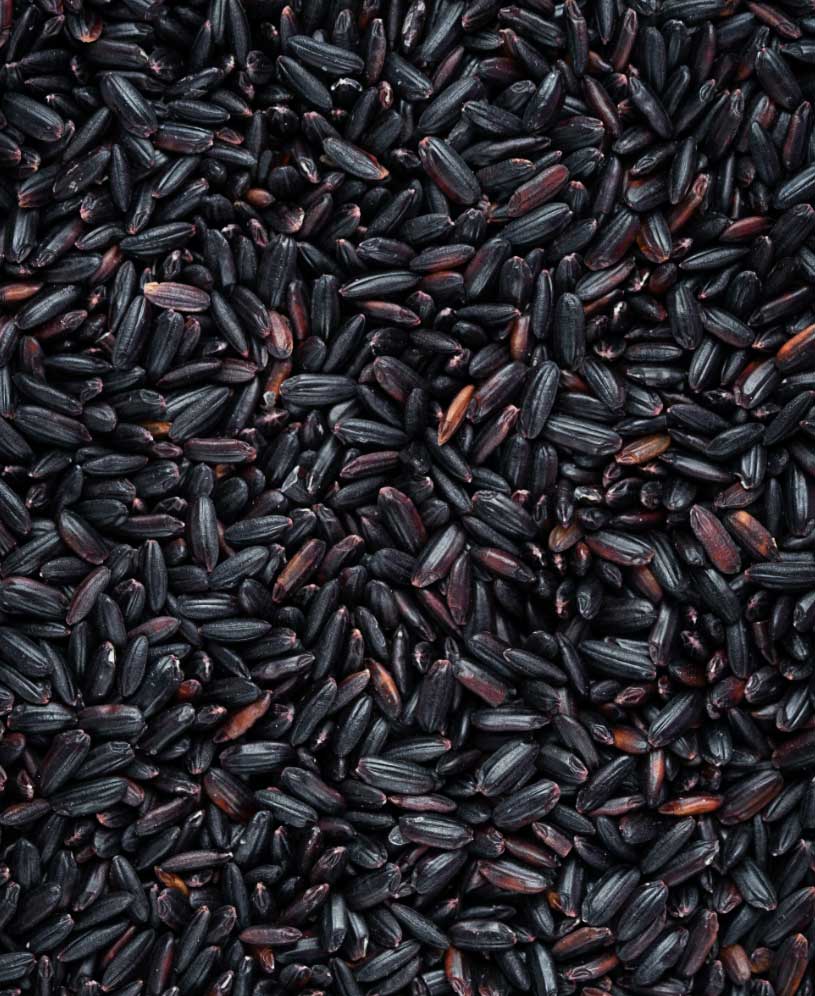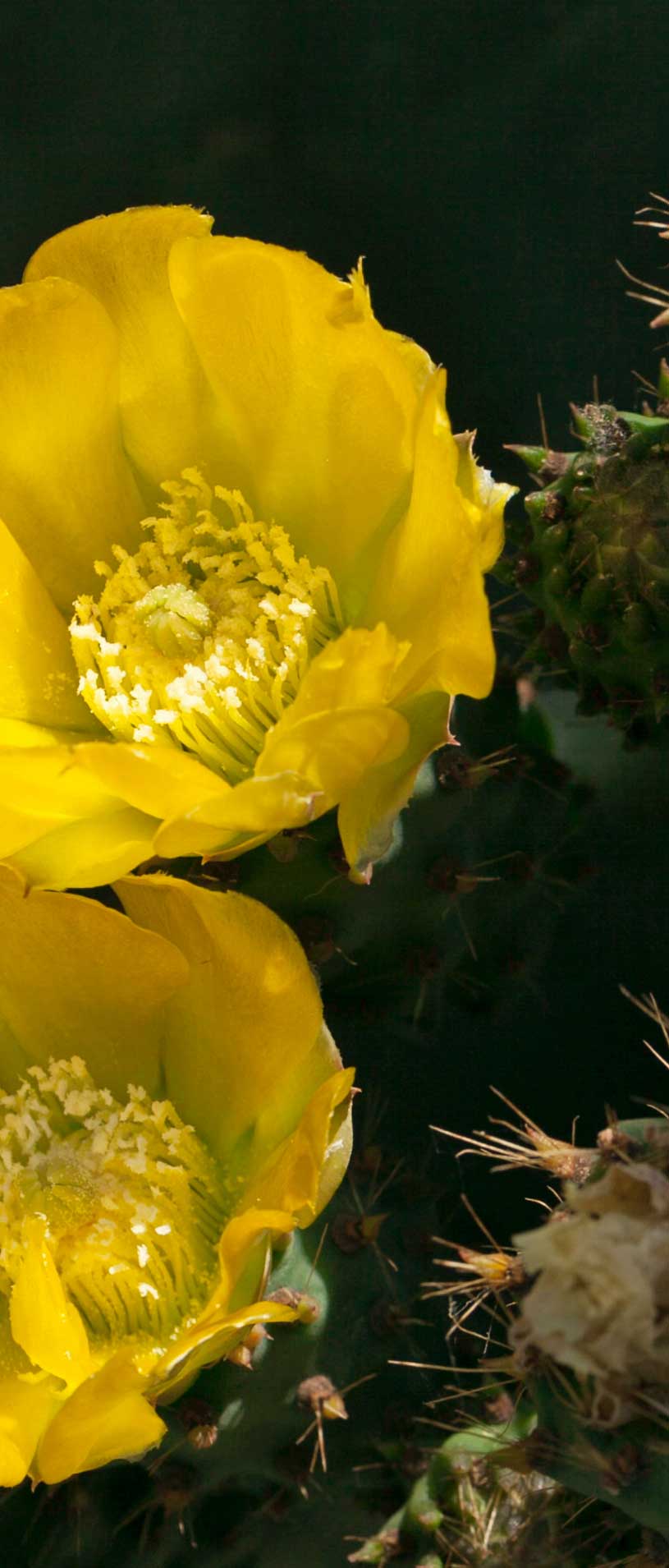
NATURAL SUPPORT FOR BLEMISH-PRONE SKIN AND MALE HAIR
Why choose actrisave™
actrisave™ is a powder extract obtained from the patented association between black rice (Oryza sativa L.) and the flowers of prickly pear (Opuntia ficus-indica L.) standardized in anthocyanins and isorhamnetin and derivatives.
The combination of the two phytocomplexes produces a synergistic effect on hair follicle vitality and health, supporting hair health in males as demonstrated in a human clinical trial. It may also support healthy skin appearance and texture in blemish-prone skin.
SUGGESTED DOSAGE 250 MG/DAY

health benefits
Black rice
Characteristics, plant life cycle, and seasonality
Opuntia flowers
Characteristics, plant life cycle, and seasonality


About rice
Uses, traditions and folk medicine
Black rice originated in China around the 19th century from a careful selection of specific rice varieties destined for the emperor’s consumption to ensure longevity and good health. For that reason, it was known as “forbidden rice”. In Italy, it is known as riso Venere, as the goddess of love, because of its aphrodisiac properties, which, however, have never been demonstrated.
The particular characteristic of this rice is its dark color due to the presence of polyphenolic molecules and anthocyanins, a substance with a strong antioxidant power. Thanks to such compounds and the presence of vitamins and mineral salts, this variety of rice was traditionally used as a natural remedy for the cardiovascular and digestive system, eye vision, and body detoxification. Besides its Uses as a folk remedy, black rice has always been used in traditional cooking as a healthy food for its good nutrition profile. As it is a whole grain, it presents high levels of fibers in its outer layer that makes it a valuable food that requires longer cooking time than traditional rice. It fits perfectly with hot and cold dishes like salads or in combination with legumes.
OPUNTIA flowers
Uses, traditions and folk medicine
Prickly pear is one of the symbols of the distinctive Sicilian landscape. The origins of this particular species of cactus can be traced back to the second half of the sixteenth century when the Spanish explorers imported it from Central-South America to Europe. But probably, its introduction in Sicily took place many years before, around 827, thanks to Saracens or later by Arabs, after their expulsion from the Iberian Peninsula. Indeed, thanks to the political and commercial connections between Spain and the Mediterranean areas at that time, the first regions where this new species arrived were Africa and Sicily, territories in which the plant found its ideal habitat.
The prickly pear cladodes are a characteristic element of this succulent plant, scientifically known as Opuntia. They have always been considered a natural remedy thanks to the multiple health benefits provided by the high content of water, fibers, and mineral salts. Indeed, cladodes were already used by the indigenous in Mexico as decongestants and anti-inflammatories. Many years after, Sicilian people understood their healing properties: raw, whole, baked, or in pulp, cladodes were the right solution to treat bruises, inflammations, and even malaria fever. Nowadays, prickly pear cladodes are not only used as fodder for livestock but also included in different culinary recipes, fried or raw.
